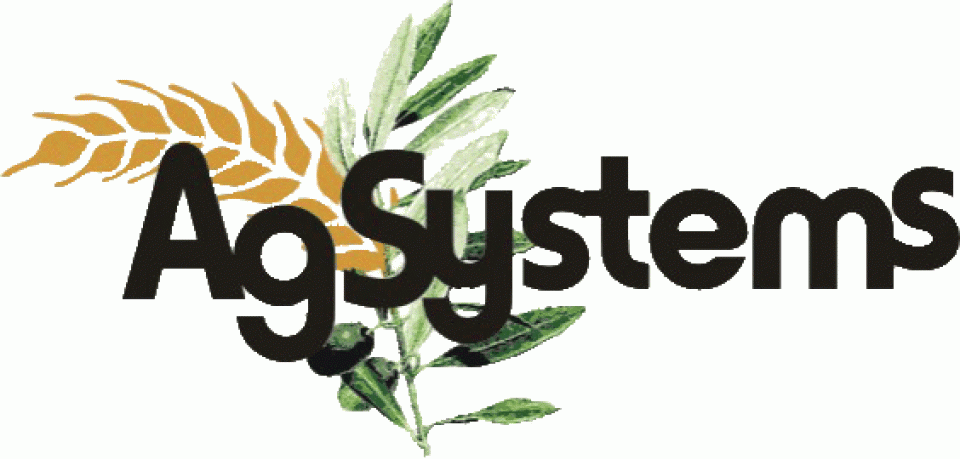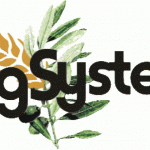The members of our research group are part of two groups devote to innovated in education: AgSystems and Árbol. These groups share objectives and conduct activities oriented to develop tools to teach aspects of general agronomy or more specific topics on tree culture.
Activities conducted:
1. Promoting teaching in English in the school of Agricultural Engineering
The ongoing convergence between European universities has promoted academic programs in English as a fruitful framework for internationalization. In this context, a study for the implementation of programs in English in the degrees of ETSI Agrónomos, Universidad Politécnica de Madrid, was performed. Different existing experiences in English Programs in Spanish universities were analyzed. The opinion of students and teachers of ETSI Agrónomos on three issues was evaluated: interest in participating in a program in English, preferred model of program and self-assessment of English proficiency. The interest in English Programs of high school students and companies and institutions in the food production sector was examined. The conclusions of this study highlight the great interest by both teachers and students of the ETSI Agrónomos and high school students to participate in English teaching programs and provide recommendations for implementing such programs at the higher education level in Agronomy.
2. Development of tools to promote active learning in Agronomy.
We developed two electronic tools to solve exercises relate with two major topics in agronomy:
- Crop water requirements and irrigation programming.
- Soil organic matter equilibrium andorganic residue management in agricultural systems.
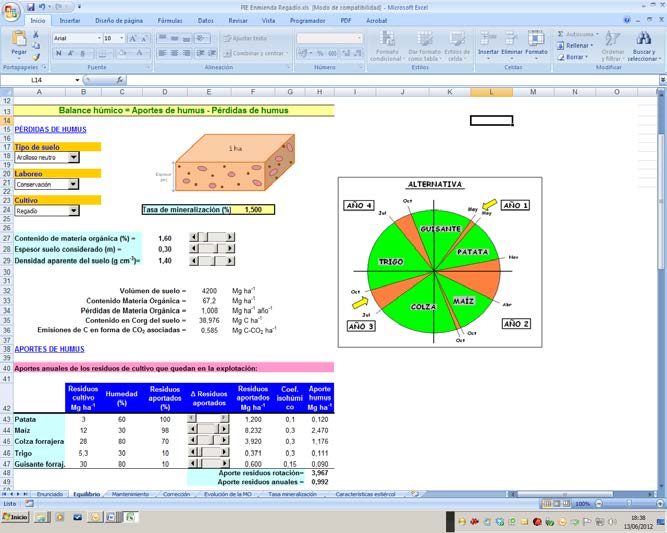
In these pedagogic tools, the student can modify input variables and create different case studies, comparing the results. Both programs are copy right registered and are free distributed after demand with a user manual. Language: Spanish.
We also collaborate with the University of Córdoba and Seville in the development of a program for calculating the nutrient requirements of crop rotations. The program is named FertiliCalc and allows the students to create a crop rotation suited to a region and soil conditions and calculate the nutrient requirements and fertilizer application. The program is available for free in several languages. A detailed description and teaching applications can be found in the literature.

3. Planting a fruit orchard in the School of Agricultural Engineering (ETSIA).
This activity focus on the student’s involvement in the various phases of planting an orchard. Including the soil and climate study, planting design, purchasing the trees, marking field layout, plant handling and planting, etc. Many students from different disciplines were involved in this activity, giving the opportunity to develop team work skills, resolution of practical problems, information search and personal initiative. Activities were reported by photographs and videos for future use in teaching.
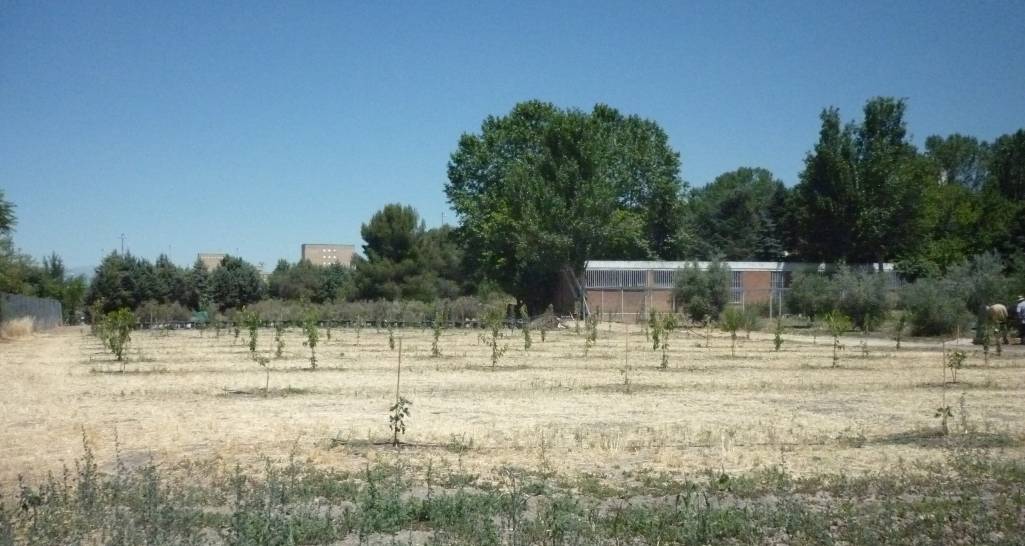
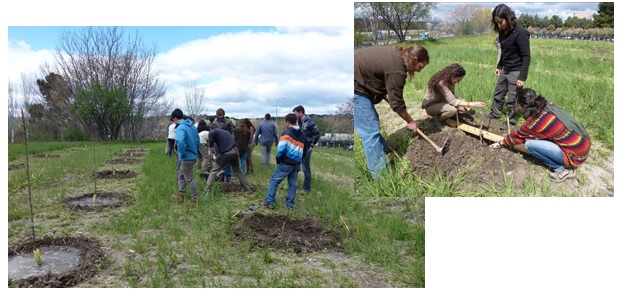
4. Graduate student programs Master and PhD
Agro-environmental Technology for sustainable agriculture: Master and PhD
Strategies and Technologies for Development: Cooperation in a Changing World: Master
